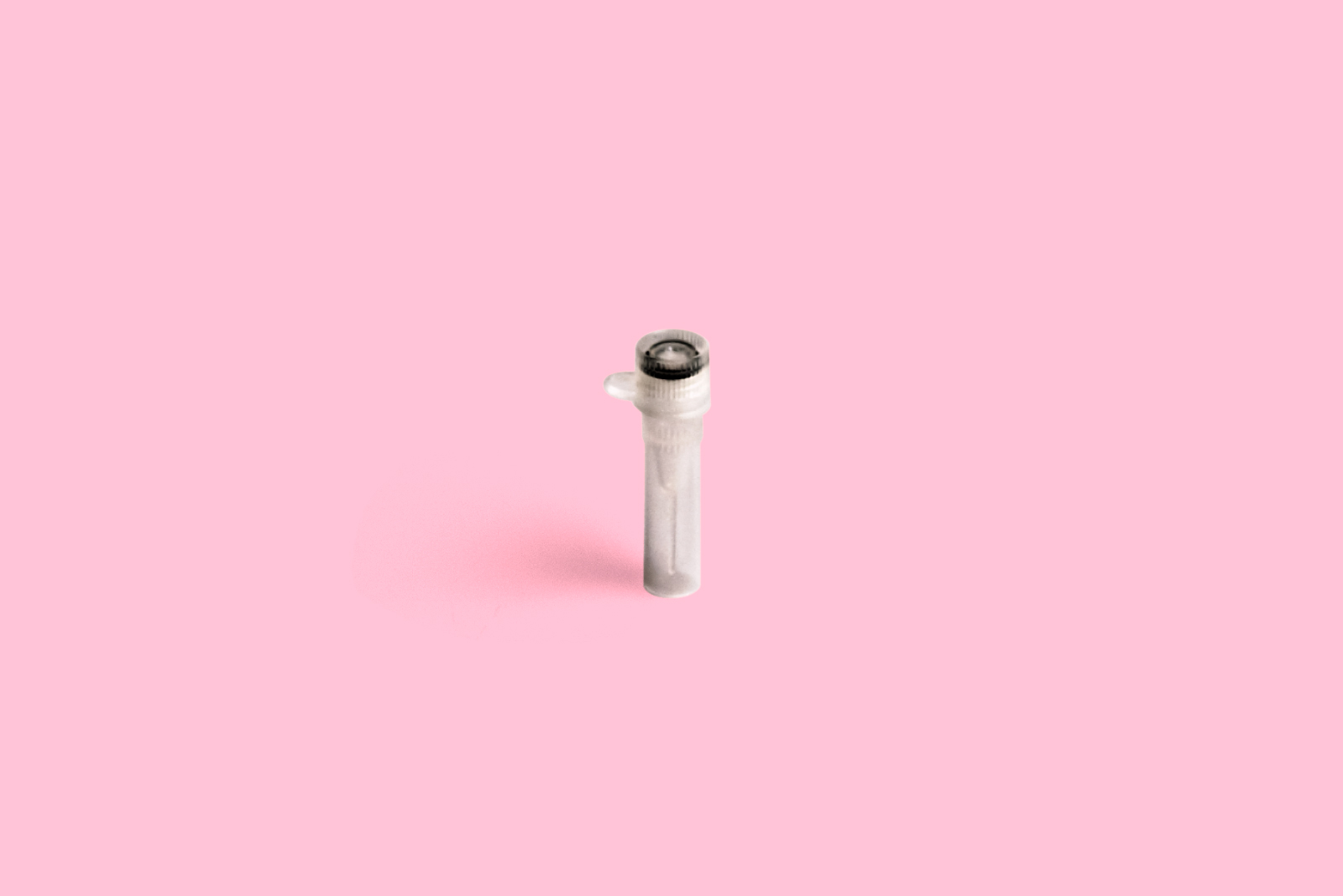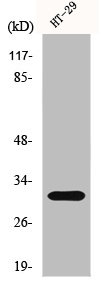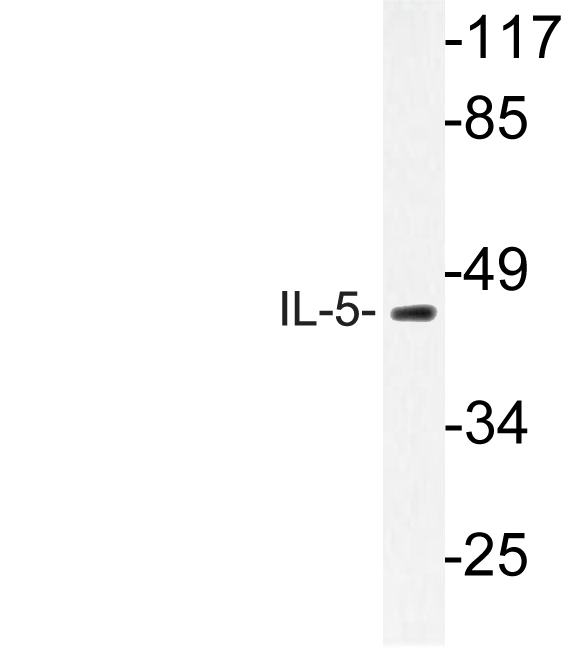
Anti-human IL-5 mAb (5A10), biotin
3490-6
Overview
- SupplierMabtech
- Product NameAnti-human IL-5 mAb (5A10), biotin
- Delivery Days Customer9
- ApplicationsELISA, ELISpot Assay
- CertificationResearch Use Only
- ClonalityMonoclonal
- Clone ID5A10
- ConjugateBiotin
- Gene ID3567
- Target nameIL5
- Target descriptioninterleukin 5
- Target synonymsB-cell differentiation factor I; colony-stimulating factor, eosinophil; EDF; eosinophil differentiation factor; IL-5; interleukin-5; T-cell replacing factor; TRF
- HostRat
- IsotypeIgG2a
- Scientific DescriptionValidated for our assays. - This monoclonal antibody enables specific detection of human IL-5 in immunoassays such as ELISpot, FluoroSpot, and ELISA.
- UNSPSC12352203




